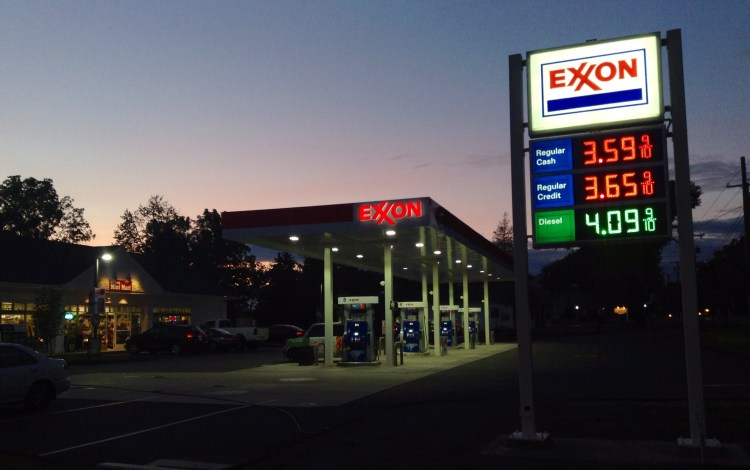ExxonMobil is backing a new process that would capture carbon dioxide from power plants and use it to feed fuel cells.
The oil giant announced Thursday that it is expanding a partnership with Connecticut-based FuelCell Energy to develop the smaller company’s fuel-cell technology. FuelCell hopes to combine carbon capture and sequestration (CCS), which captures carbon-dioxide emissions from power plants, with carbonate fuel cells. The company says this will make CCS more economically attractive to power-plant operators.
Research on CCS has been going on for decades, but power plants that incorporate the technology are just now being built.
 One of the major drawbacks is the immense amount of energy required to separate carbon dioxide from power plant exhaust and then compress it for storage. This diminishes the amount of electricity a plant can transmit to utility customers.
One of the major drawbacks is the immense amount of energy required to separate carbon dioxide from power plant exhaust and then compress it for storage. This diminishes the amount of electricity a plant can transmit to utility customers.
That’s where FuelCell Energy’s carbonate fuel cells come in.
The fuel cells — which contain a molten carbonate salt mixture — not only use carbon dioxide to generate energy, but also leave leftover gas in a state that makes storage easier. Laboratory tests indicate that the carbonate fuel cells can generate enough electricity to make up for the power used to capture the carbon dioxide they feed on.
ExxonMobil estimates that a 500-megawatt power plant using these fuel cells could generate 120 megawatts of additional power, compared to a loss of 50 megawatts with conventional CCS technology, according to The New York Times. It also claims that — when used in a natural-gas plant — the fuel cells could eliminate 90 percent of carbon-dioxide emissions and produce significant quantities of hydrogen.
 It may be a while before those claims are tested, though.
It may be a while before those claims are tested, though.
ExxonMobil would not reveal the specific amount of funding it would commit to the partnership, and FuelCell Energy warns that it may be years before the technology is commercialized.
The two companies plan to initially spend one to two years testing ways to refine the carbon-capture process, and they will focus exclusively on natural-gas power plants. Depending on how that goes, researchers will then continue testing the entire system for another one to two years in a small-scale pilot project.
A larger pilot project will follow, but there is no set timeline for further development beyond that.


